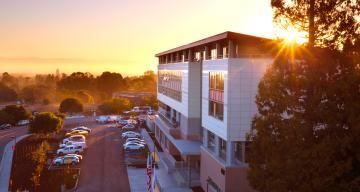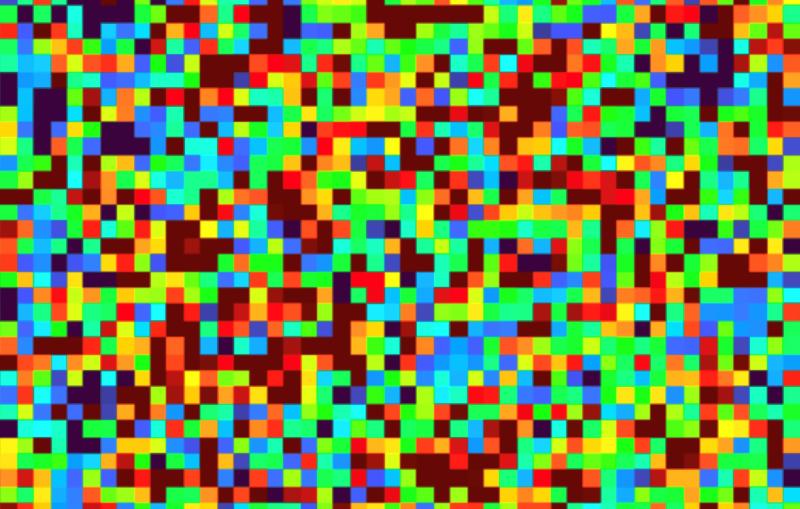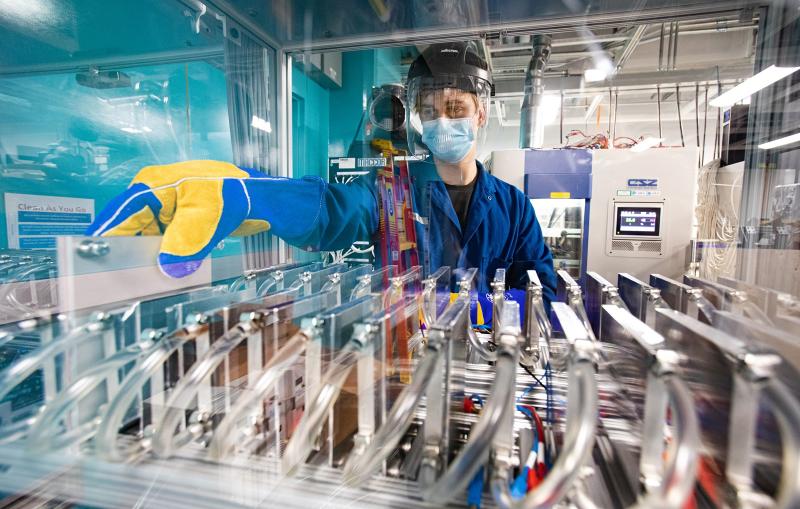Stanford University operates SLAC for the DOE Office of Science. Our strong ties with Stanford go all the way back to the lab’s founding. We sit on Stanford land, our people are Stanford employees and our faculty teach and mentor Stanford graduate students, helping to train the next generation. Our growing partnership with Stanford is crucial to carrying out our scientific vision.
SLAC
Founded in 1962 with a 2-mile-long linear accelerator used for revolutionary high-energy physics experiments, SLAC has evolved into a multi-program laboratory whose mission leverages its intellectual capital, unique relationship with Stanford University and location within Silicon Valley. As one of 17 Department of Energy national laboratories, we are part of the most comprehensive research system of its kind in the world.
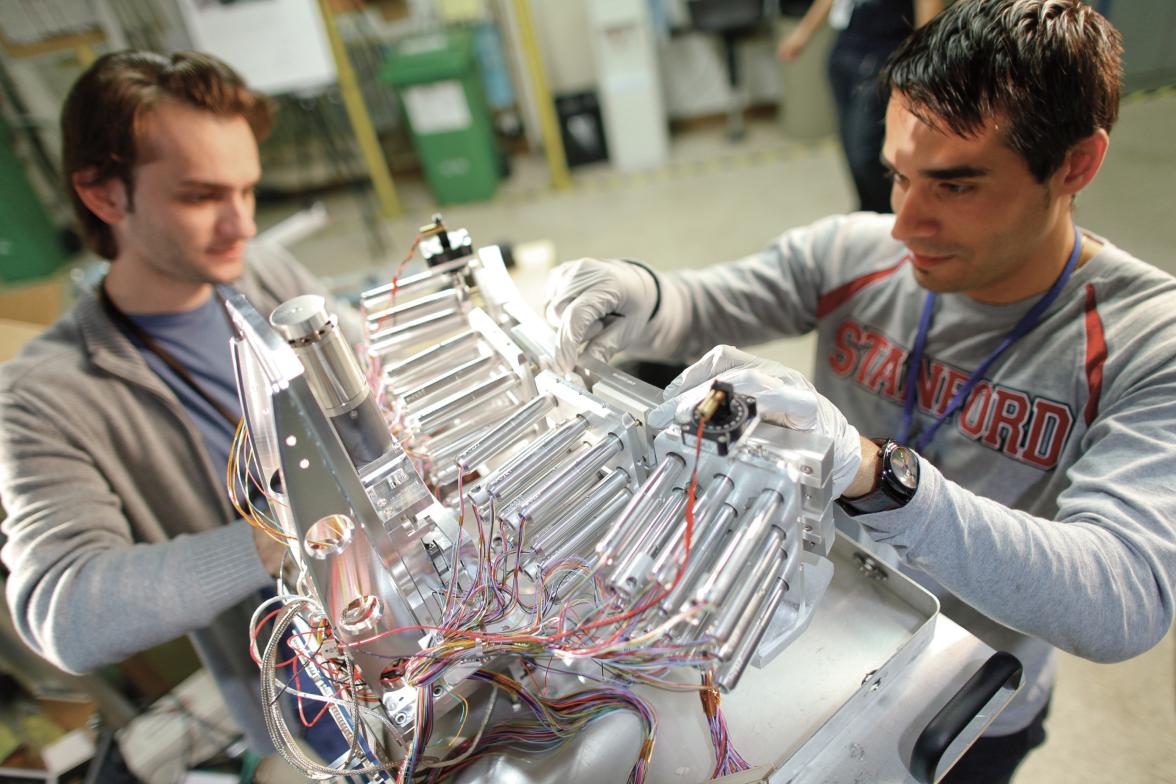
In addition to managing the lab for the DOE Office of Science, Stanford is an important source of intellectual power for the lab's research and operations. Stanford has made major investments in SLAC and provides key services.
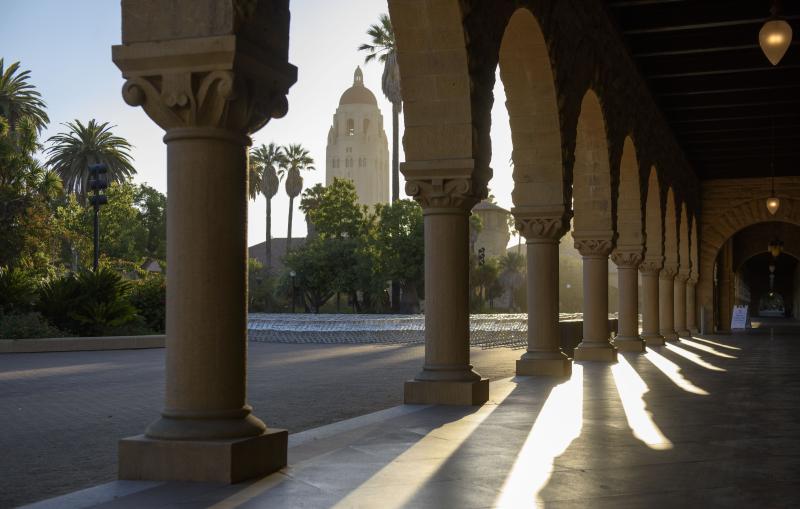
SLAC operates three DOE Office of Science “user facilities” that host thousands of researchers from around the world each year. The research we carry out, and the technology we invent and develop, support the DOE mission of ensuring America’s security and prosperity by addressing the nation’s energy, environmental and nuclear challenges.
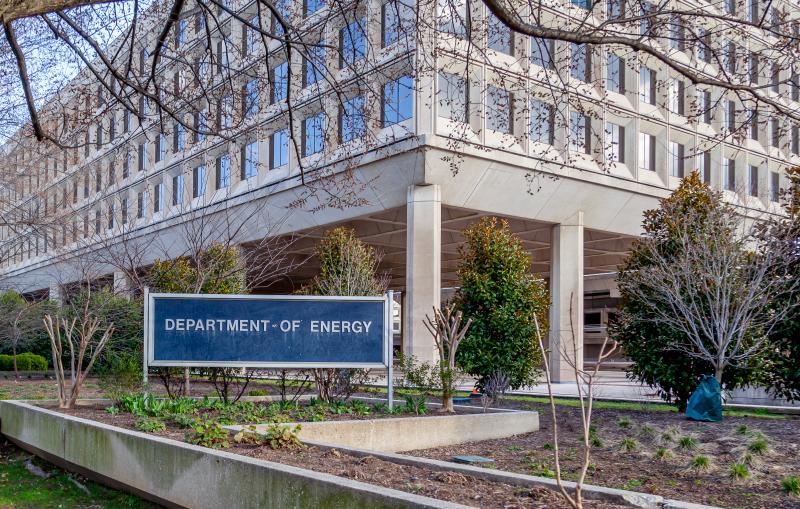
SLAC at a glance
Founded in 1962
with 200 employees

1,600 employees
from 55 countries

2,700 scientists
use our facilities yearly
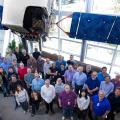
4 Nobel Prizes
awarded to 6 laureates
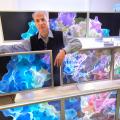
Joint institutes and centers
We run four joint research centers with Stanford that have operations on both campuses. They promote interactions between SLAC and Stanford and are an important source of training for young scientists.
KIPAC is a Stanford independent laboratory whose members work in the Stanford Physics and Applied Physics departments and at SLAC. It brings the resources of modern computational, experimental, observational and theoretical science to bear on our understanding of the universe at large.

A partnership between SLAC and the Stanford School of Engineering, SUNCAT explores challenges associated with the atomic-scale design of catalysts for chemical transformations of interest for energy conversion and storage.
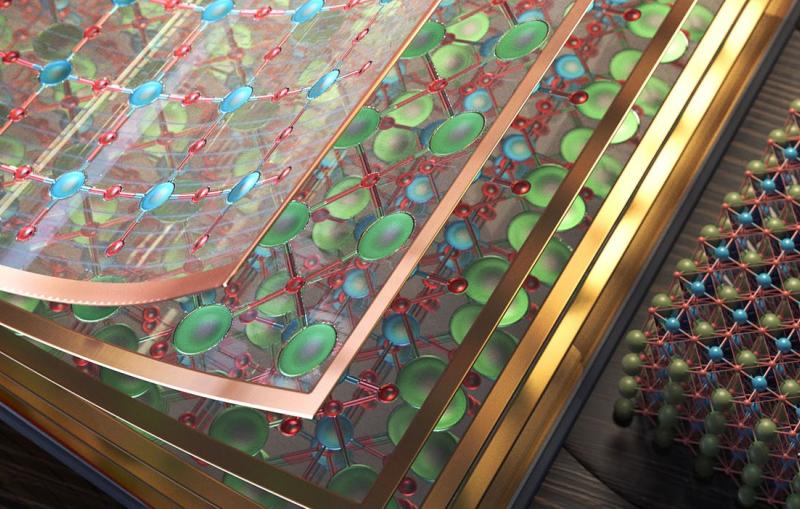
SIMES studies the nature, properties, interactions and synthesis of complex and novel materials, and doubles as the Materials Science Division of SLAC.
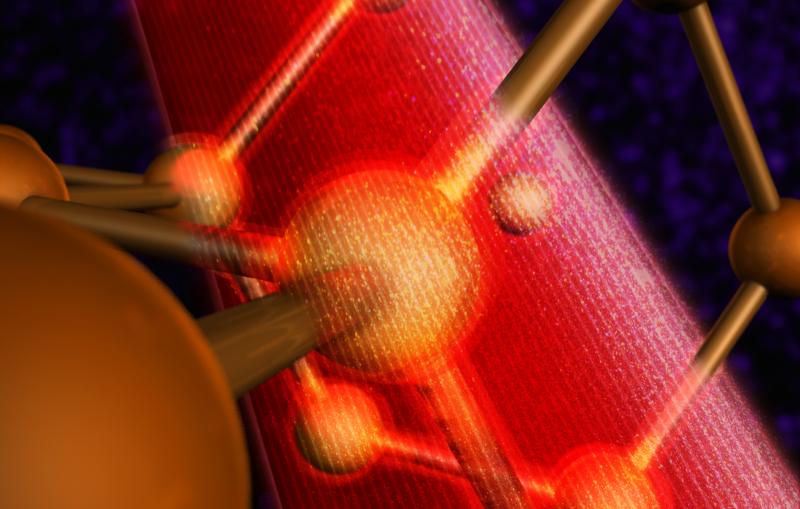
The Stanford-SLAC Cryo-Electron Microscopy facility at SLAC, built and operated in partnership with Stanford University, is equipped with multiple state-of-the-art instruments for cryo-EM (cryogenic electron microscopy), a groundbreaking technology whose rapid development over the past few years has given scientists unprecedented views of the inner workings of the cell.

Stanford PULSE Institute is a Stanford independent laboratory and SLAC research center. It uses SLAC’s LCLS X-ray laser as a primary tool for advancing the frontiers of ultrafast science.

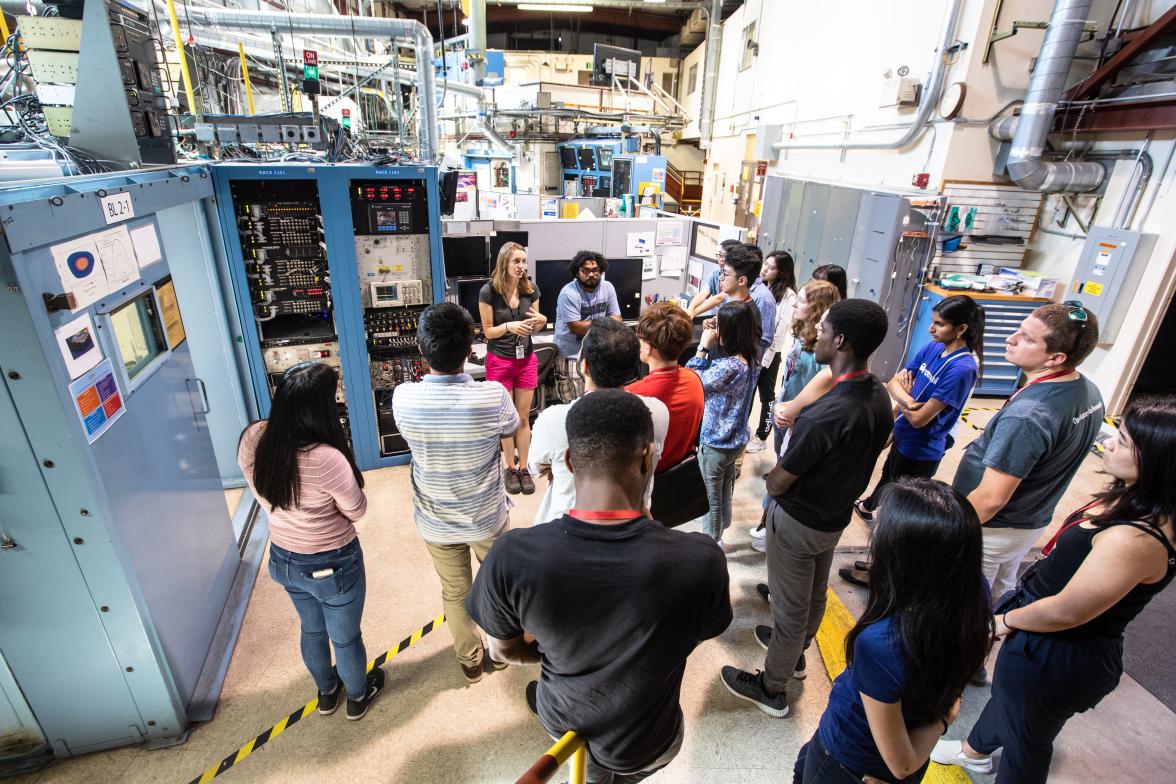
What SLAC contributes to Stanford
SLAC’s unique facilities and expertise in key areas of science and technology complement what’s available at Stanford, accelerating research on both campuses. SLAC also plays an important role in teaching and mentoring Stanford students.

Faculty and teaching
SLAC provided $19 million toward the scientific studies of 430 Stanford graduate students and postdocs in the fiscal year of 2020 (FY2020), along with unique research opportunities in our laboratories. Our faculty taught 12 courses in four Stanford departments in the 2019-20 academic year.
SLAC faculty stats
SLAC faculty
55 (including 20 joint with Stanford)
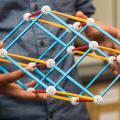
Students
255 graduate students, 240 postdoctoral researchers

Courses
12 taught in '19-'20 with 715 students enrolled

PhDs
52 PhD degrees
awarded

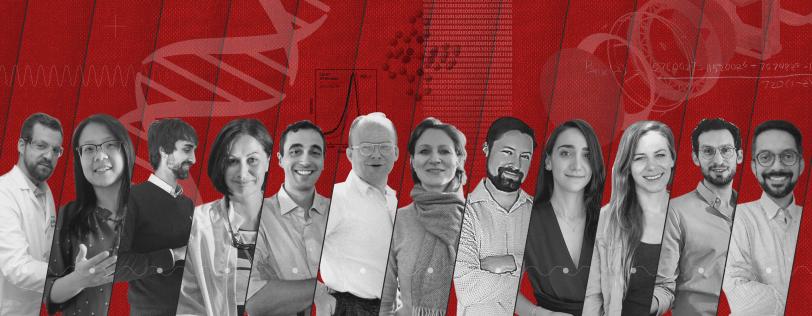
Panofsky Fellowship
SLAC recently expanded its prestigious Panofsky Fellowship for early-career scientists to encompass all areas of science performed at the laboratory. These 5-year fellowships are intended to attract high-quality, innovative young scientific staff who could potentially lead new science programs at the laboratory.
What Stanford contributes to SLAC
Stanford has made numerous investments in the lab and provides key services such as the SLACafé and the Stanford Guest House. This makes our operations more efficient and lowers the cost of running SLAC.
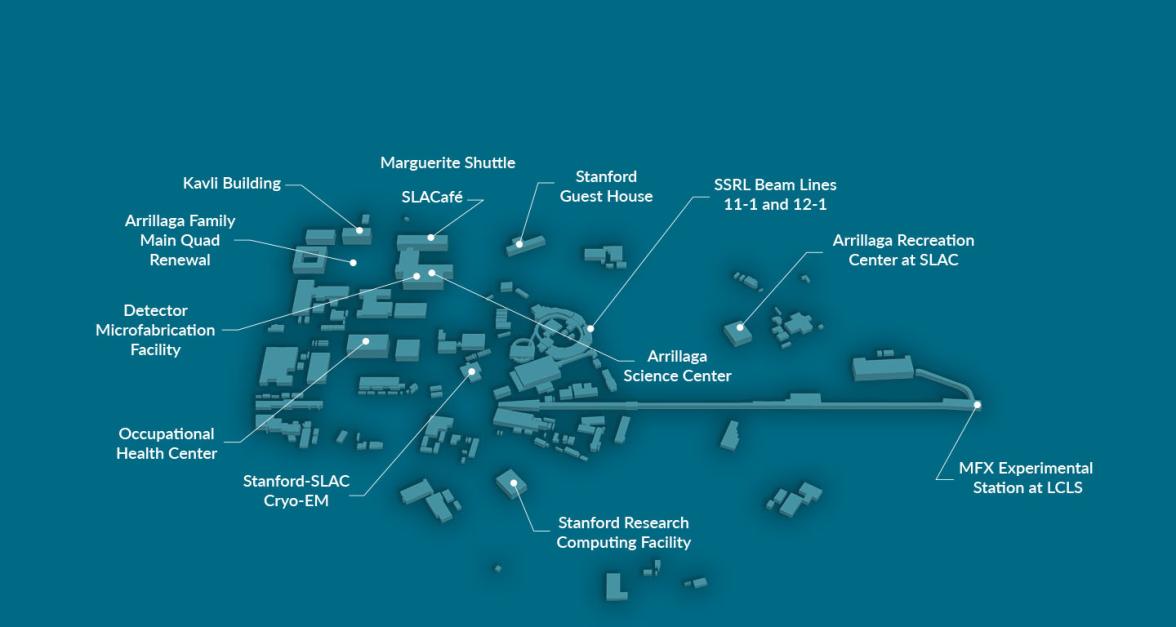
Stanford contributions
Scientific facilities
Kavli Building
Arrillaga Science Center
SSRL Beam Lines 11-1 and 12-1
Stanford-SLAC Cryo-EM (Partial Stanford funding)
Stanford Research Computing Facility
MFX experimental station at LCLS
Detector Microfabrication Facility (in Arrillaga Science Center)
General facilities
Stanford Guest House
Arrillaga Recreation Center at SLAC
Arrillaga Family Main Quad
Services/programs
Marguerite Shuttle
SLACafé
Occupational Health Center
BeWell
Employee benefits
General counsel
Immigration and visa support
Leased space on main campus
Office of Sponsored Research
Payroll
